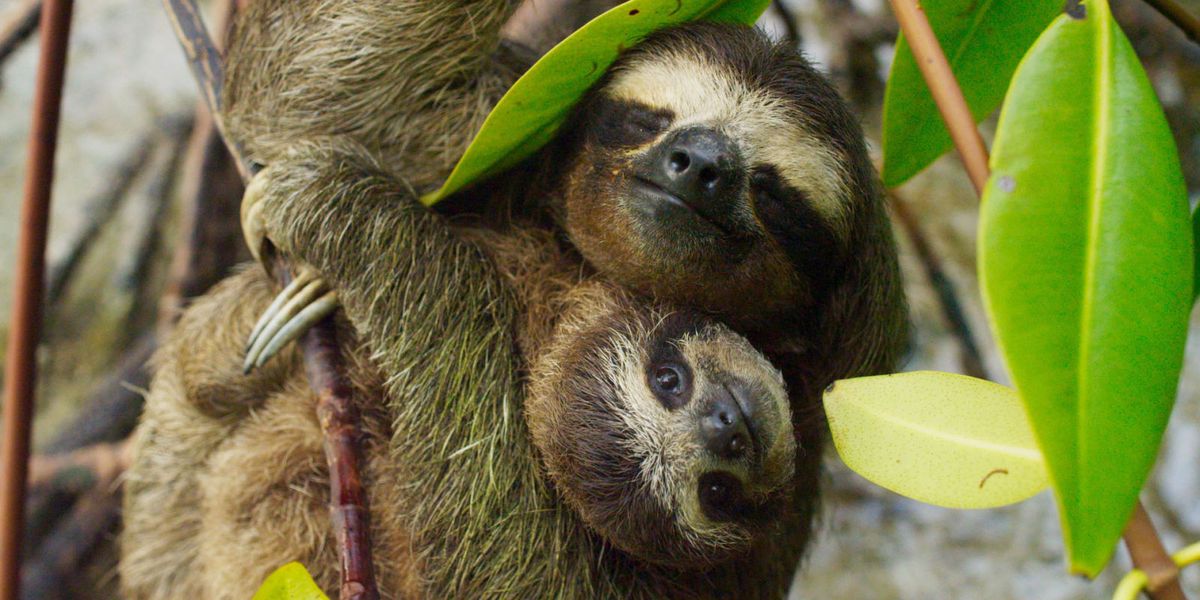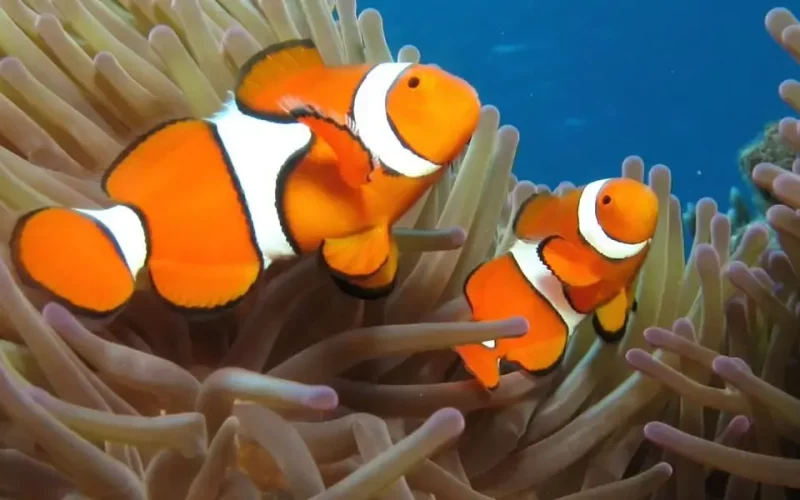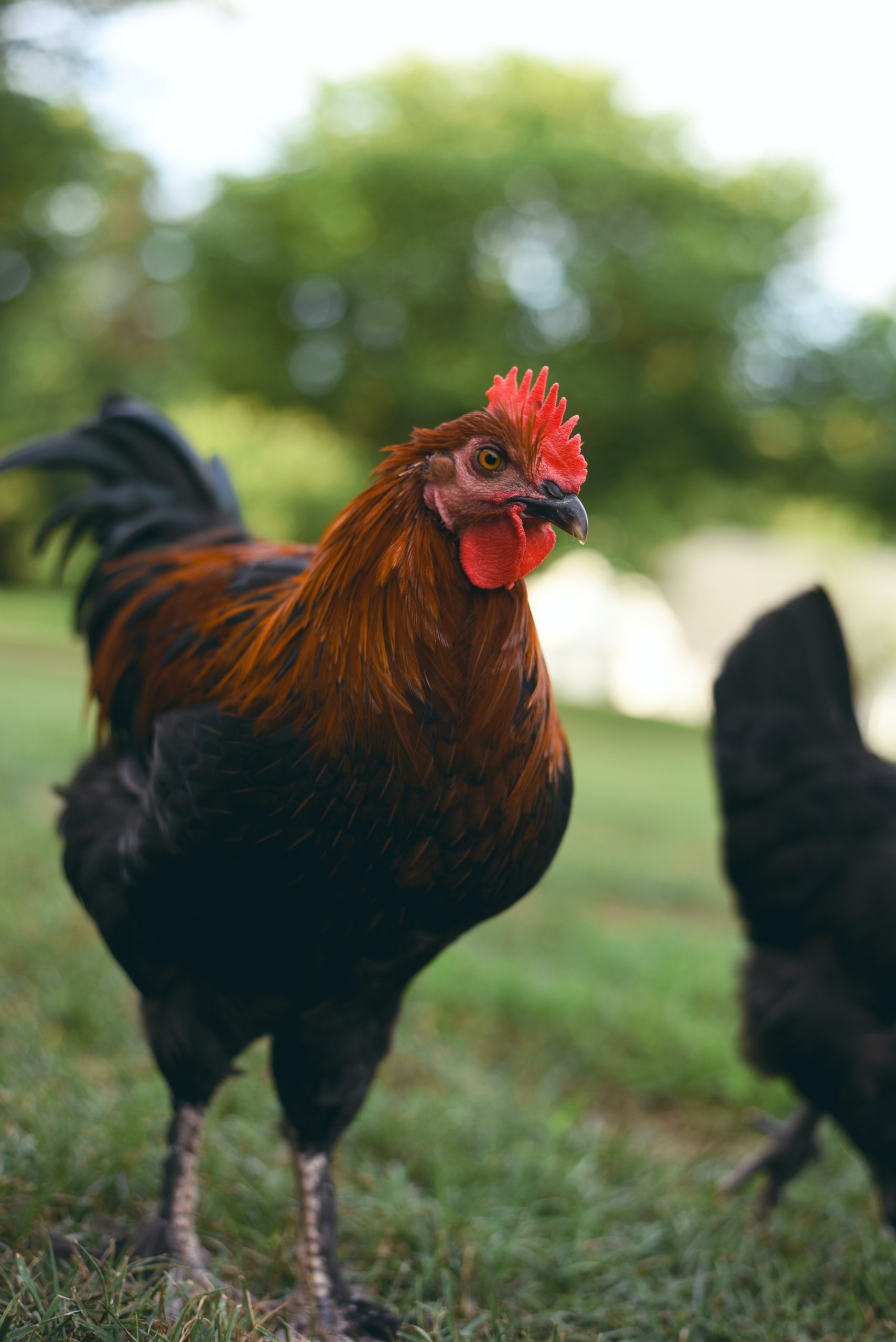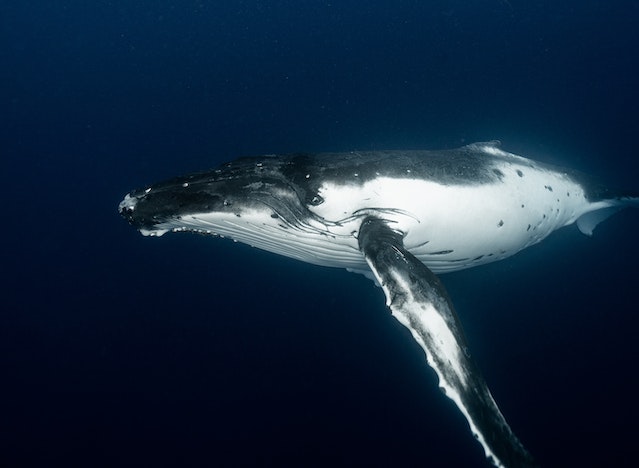Islands are captivating ecosystems, often serving as unique havens for a wide array of flora and fauna such as amazing animals. From the lush rainforests of tropical paradises to the stark landscapes of remote archipelagos, these isolated land masses boast an astonishing diversity of life. Among the most intriguing inhabitants are the amazing animals that have adapted to thrive in these isolated environments.

1. The Enigmatic Galápagos Giant Tortoise
No discussion of amazing animals would be complete without mentioning the iconic Galápagos Giant Tortoise. These colossal creatures, native to the Galápagos Islands, are renowned for their longevity and imposing size. With their distinctive domed shells and ponderous gait, they are a symbol of resilience and adaptation in the face of environmental challenges.
2. Majestic Komodo Dragons: Lords of the Indonesian Archipelago
In the sun-drenched landscapes of Indonesia’s Lesser Sunda Islands, the formidable Komodo dragon reigns supreme. As the world’s largest lizard, these apex predators command respect with their powerful jaws and venomous bite. Their presence underscores the untamed nature of these volcanic isles and the unique evolutionary paths taken by their inhabitants.
3. Dazzling Quetzals: Jewel of Central American Cloud Forests
Journey to the mist-shrouded cloud forests of Central America, and you may encounter the resplendent quetzal. With its iridescent plumage and elongated tail feathers, this stunning bird embodies the ethereal beauty of its high-altitude habitat. Revered by ancient civilizations and revered by modern conservationists, the quetzal is a testament to the importance of preserving island ecosystems.
4. Galapagos Marine Iguanas: Masters of the Sea and Land
Venture beneath the waves surrounding the Galápagos Islands, and you’ll encounter a truly remarkable sight: marine iguanas gracefully navigating through the crystal-clear waters. These unique reptiles have adapted to forage for algae along the rocky coastlines, diving to depths of up to 30 feet in search of sustenance. Their amphibious lifestyle exemplifies the ingenuity of island-dwelling species.
5. Fairy Penguins: Tiny Tuxedoed Residents of Australia’s Southern Shores
In the rugged landscapes of southern Australia and New Zealand, diminutive fairy penguins carve out a niche existence along rocky coastlines and sandy beaches. With their distinctive blue-gray plumage and endearing waddling gait, these pint-sized penguins captivate visitors and researchers alike. Despite their small stature, they are formidable hunters at sea, darting through the waves in search of fish and squid.
6. Madagascar’s Lemurs: A Primate Parade Unlike Any Other
No exploration of island wildlife would be complete without a journey to the enchanting realm of Madagascar, home to a menagerie of unique creatures, chief among them the lemurs. These charismatic primates display an astonishing diversity of forms and behaviors, from the acrobatic antics of the ring-tailed lemur to the haunting calls of the indri. As ambassadors of Madagascar’s rich biodiversity, lemurs serve as a poignant reminder of the importance of conservation efforts in protecting island habitats.
7. Spectacular Bird of Paradise: Jewel of Papua New Guinea
Nestled within the verdant forests of Papua New Guinea, the resplendent bird of paradise reigns supreme as one of the most dazzling avian species on the planet. With their vibrant plumage and elaborate courtship displays, these remarkable birds epitomize the allure of island ecosystems. Their extravagant beauty serves as a testament to the intricate interplay between evolution and environment.
8. Hawaii’s Nene Goose: Emblem of Endemism
In the volcanic landscapes of Hawaii, the nene goose holds a special place as the state’s official bird and a symbol of endemic biodiversity. Evolving in isolation over millennia, these resilient geese have adapted to thrive in the harsh environments of lava fields and montane grasslands. Despite facing numerous threats, including habitat loss and introduced predators, the nene goose serves as a beacon of hope for conservation efforts in island ecosystems.
9. Galápagos Sea Lions: Playful Pinnipeds of the Pacific
Along the sun-drenched shores of the Galápagos Islands, the playful antics of sea lions provide a delightful spectacle for visitors and residents alike. These agile marine mammals, with their sleek bodies and expressive faces, epitomize the dynamic nature of island ecosystems. From frolicking in the surf to basking in the sun, Galápagos sea lions embody the carefree spirit of life in paradise.
10. Caribbean Coral Reefs: Underwater Wonderland of Biodiversity
Beneath the azure waters of the Caribbean, vibrant coral reefs teem with a kaleidoscope of marine life, from technicolor reef fish to majestic sea turtles. These underwater oases are vital habitats for countless species, serving as nurseries, feeding grounds, and breeding sites. As guardians of the ocean’s biodiversity, Caribbean coral reefs stand as a testament to the resilience of island ecosystems in the face of environmental challenges.

In conclusion, the world’s islands are veritable treasure troves of biodiversity, harboring an astonishing array of amazing animals found nowhere else on Earth. From the towering tortoises of the Galápagos to the elusive lemurs of Madagascar, these remarkable creatures serve as ambassadors for the delicate balance of life on isolated land masses. By celebrating and conserving these unique ecosystems, we can ensure that future generations continue to be inspired by the wonders of island wildlife.










